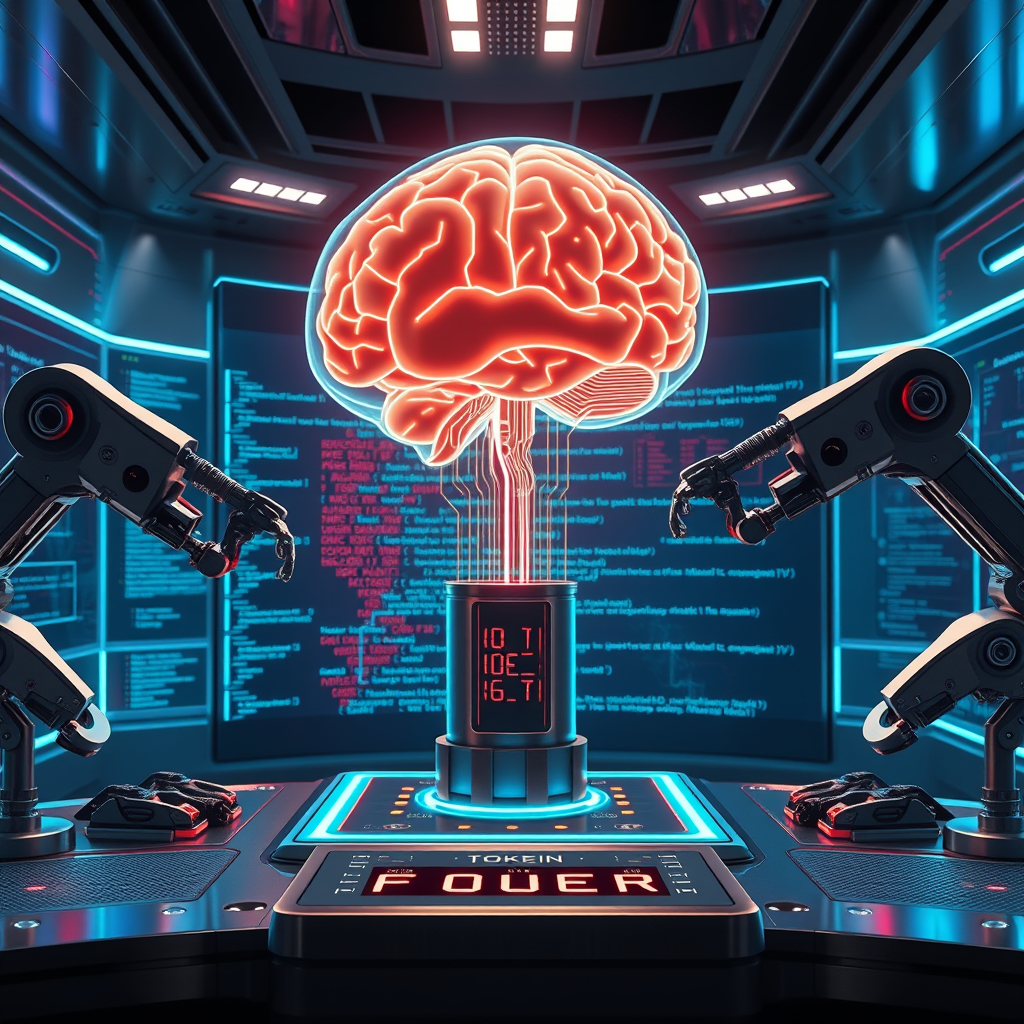
Introduction
The financial services sector has long been a crucible for innovation, driven by the relentless need to process vast quantities of data, interpret complex market signals, and make decisions with razor‑sharp precision. In this environment, artificial intelligence has emerged as a powerful ally, yet the most celebrated models—ChatGPT, GPT‑4, and their ilk—have largely remained generalists. They excel at answering questions, drafting reports, and even generating code, but they often stumble when faced with the idiosyncratic language, regulatory constraints, and high‑stakes calculations that define day‑to‑day financial analysis. Anthropic’s latest offering, a finance‑specific iteration of its Claude language model, signals a pivotal shift toward “vertical AI,” where models are engineered to understand and operate within a single industry’s ecosystem. By embedding domain knowledge, data connectivity, and performance tuning directly into the architecture, this new Claude variant promises to reduce the friction that analysts currently endure, from data ingestion to insight generation. The announcement is more than a product launch; it is a statement that AI can be more than a generic assistant—it can be a specialized partner that speaks the analyst’s language, respects the nuances of financial data, and delivers results at the speed required by market dynamics.
Main Content
Why Vertical AI Matters
Vertical AI refers to the tailoring of artificial intelligence systems to meet the specific needs of a particular industry. Unlike generic models that are trained on a broad swathe of internet text, vertical models incorporate domain‑specific corpora, regulatory frameworks, and workflow patterns. In finance, this translates to an intimate understanding of terms such as “beta,” “DCF,” or “liquidity ratios,” as well as the ability to parse structured data from Bloomberg terminals, SEC filings, and internal databases. The value proposition is clear: a model that can answer a question about a company’s earnings forecast with the same confidence as a seasoned analyst, or flag a potential compliance issue in a trade blotter, offers a competitive edge that generic AI cannot match.
Claude’s Finance‑Specific Features
Anthropic’s finance‑focused Claude distinguishes itself through several engineered capabilities. First, it ships with built‑in data connectors that allow seamless integration with popular financial platforms—think Bloomberg, Refinitiv, and internal data warehouses. This eliminates the manual extraction and transformation steps that traditionally consume a large portion of an analyst’s time. Second, the model’s rate limits have been increased to accommodate the high‑volume, low‑latency demands of market‑sensitive tasks. Whether it’s crunching a thousand‑row balance sheet or simulating a Monte‑Carlo scenario during earnings season, the system can handle the load without throttling. Third, a library of prompt templates has been curated for common analytical workflows, such as valuation modeling, risk assessment, and portfolio optimization. These templates guide the model toward the most relevant information and reduce the trial‑and‑error that often accompanies prompt engineering.
Impact on Analyst Workflows
The practical implications for financial analysts are profound. Data preparation—a perennial bottleneck—can now be largely automated. Analysts can issue a single request to Claude, and the model will retrieve, clean, and structure the necessary data from multiple sources. This not only speeds up the initial research phase but also ensures consistency across reports, as the same data pipeline is reused. Moreover, the higher rate limits mean that analysts can run complex simulations or back‑tests in real time, enabling more agile decision‑making during volatile market conditions. Finally, the prompt library acts as a knowledge base that captures best practices, reducing the learning curve for junior analysts and standardizing outputs across teams.
Broader Implications for Industry Adoption
Anthropic’s move is emblematic of a broader trend toward industry‑specific AI solutions. As more firms recognize the limitations of one‑size‑fits‑all models, vertical AI is poised to become the norm rather than the exception. In finance, this could lead to a wave of custom‑fine‑tuned Claude instances, each optimized for a bank’s proprietary data, risk appetite, and regulatory environment. Beyond banking, similar approaches could revolutionize sectors such as law, where AI could parse statutes and case law, or healthcare, where models could interpret imaging data and patient records. The key takeaway is that the future of AI in professional settings will likely hinge on the ability to embed deep domain expertise into the core of the model, rather than relying on post‑hoc fine‑tuning.
Conclusion
Anthropic’s finance‑specific Claude is more than a new product; it is a paradigm shift that demonstrates how artificial intelligence can be molded to fit the contours of a particular profession. By integrating data connectors, boosting processing limits, and offering task‑specific prompt libraries, the model addresses the very pain points that analysts face daily. The result is a tool that not only accelerates routine tasks but also elevates the quality of insights, enabling professionals to focus on higher‑value analysis and strategic decision‑making. As the AI landscape matures, we can anticipate a proliferation of such vertical solutions, each designed to augment human expertise in a way that generic models simply cannot achieve.
Call to Action
If you’re a financial analyst, a data scientist, or a technology leader in finance, consider how a domain‑specific AI like Claude could reshape your workflows. Reach out to Anthropic or explore pilot programs to assess how the model’s data connectors and prompt libraries align with your existing systems. Share your experiences, challenges, and success stories in the comments below—your insights will help shape the next wave of AI innovation in finance and beyond.

